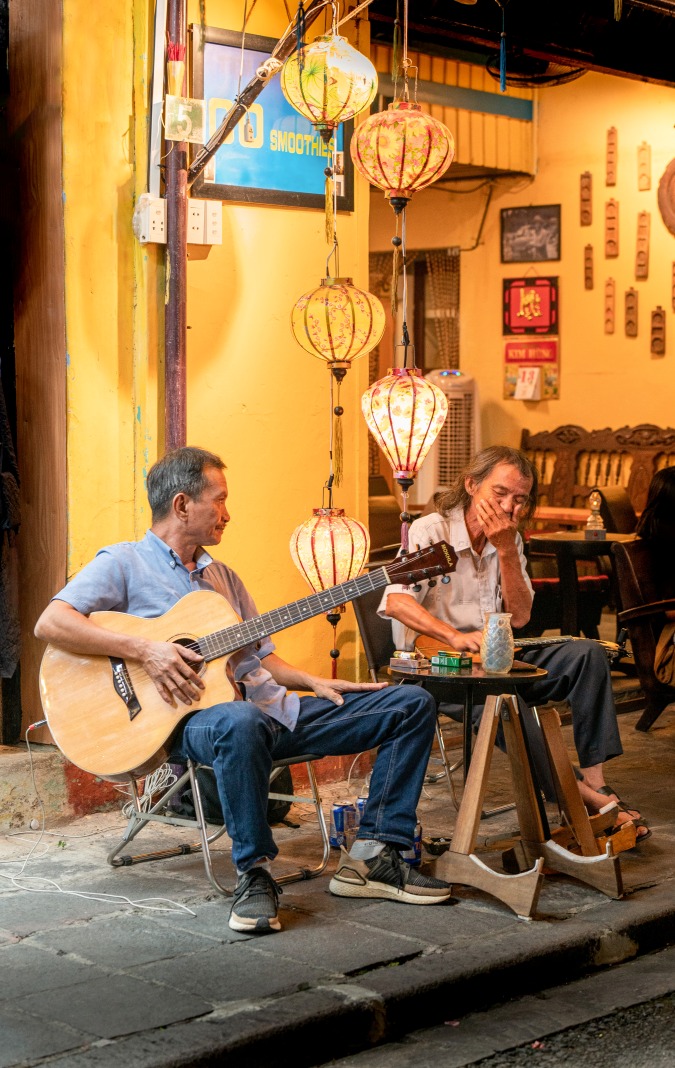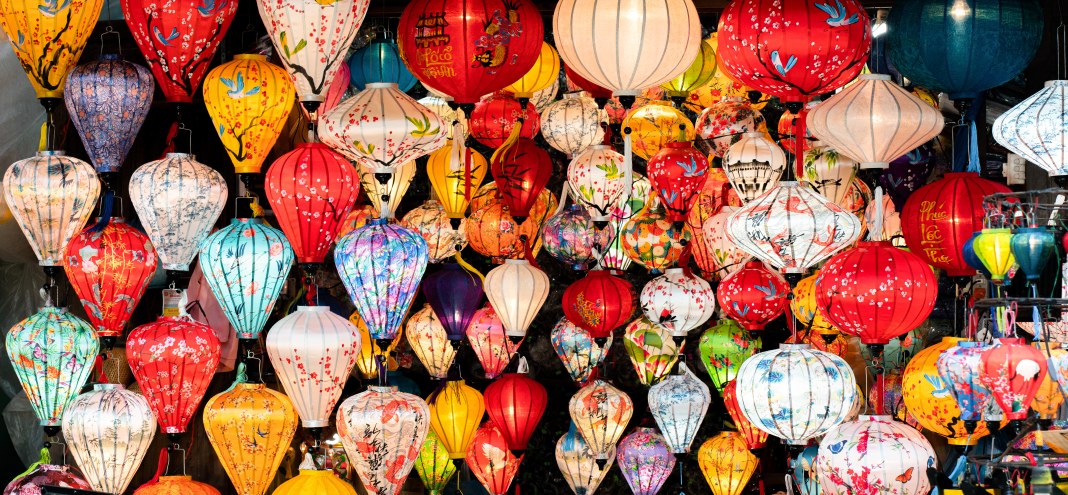The ancient town of Hoi An, a UNESCO World Heritage site in central Vietnam, is renowned for its centuries-old architecture, distinctive cuisine, and vibrant lantern tradition that continues to draw visitors from around the world.
Situated on the northern bank of the Thu Bon River in the former province of Quang Nam, Hoi An is famous for its yellow-walled houses with traditional tiled roofs, narrow streets, and culinary specialties such as Cao Lau and chicken rice. Yet, it is the handcrafted lanterns, in an array of colors, shapes, and designs, that have become an enduring symbol of the town.
Made entirely by hand in traditional craft villages, Hoi An’s lanterns serve not only as decoration but also as cultural emblems. Locals believe the light represents human vitality, while the lantern’s colors carry their own meanings — with red symbolizing prosperity and good fortune.
Each month, on the 14th day of the lunar calendar, and during major festivals, Hoi An hosts its famous Lantern Festival. During the event, residents and shop owners switch off electric lights, illuminating the town with the warm glow of lanterns. Streets and waterfronts come alive with reflections of red, yellow, and blue, creating a distinctive nighttime atmosphere.




















